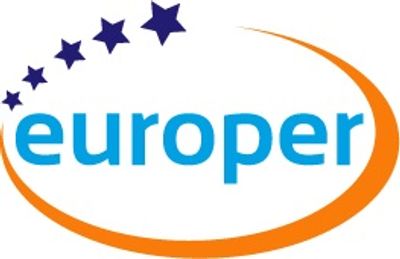

- Home
- Companies
- Europer Perlite
- Products
- Model EPT-T2 - Agricultural Perlite
Model EPT-T2 - Agricultural Perlite
Perlite provides aeration of the soil and regulates its drainage with its total porosity of over 90% and aeration porosity of around 60%. Perlite increases infiltration, reduces evaporation and provides economy in irrigation. Because it is inorganic, it does not carry weed seeds or diseases. It does not cause any problems in terms of salinity and alkalinity because there are almost no soluble ions. It easily regulates the pH of the environment with its neutrality (pH=6.5-7.5) and low chemical buffering. Since it has low thermal conductivity, it minimizes the damage to the plant from daily temperature changes. In soilless agriculture, the structure does not deteriorate after sterilization, allowing it to be used for 6 consecutive years. It provides early harvest. It prevents damage and loss of seedling roots.
MM : % : %
7mm : 15 : 20
6mm : 30 : 35
5mm : 25 : 30
4mm : 25 : 30
3mm (Six) : 3 : 5
With these listed features, perlite is successfully used as a soil conditioner in greenhouses, as an additive in seedling mortars and as a growing medium in soilless agriculture. Perlite is a very suitable medium for the germination of vegetable and flower seeds. For this purpose, moistened perlite is filled into prepared pots or crates. Then, it is thoroughly wetted. The seeds are planted in this medium a little deeper than usual. The seedlings are kept in the seed planting areas until the cotyledon leaves are fully opened and take on a parallel appearance to the ground.
During this period, there is no need to add any external nutrients since the seed uses its own nutrients.
Care is taken to not transplant the seedlings while they are in this appearance, because after this period, fringing begins on the taproot.
Delay in transplanting causes root loss during insertion. Uprooted seedlings are usually transplanted into plastic bags. Plastic bags can be filled with a mortar prepared from a 1:1 ratio of Perlite-Peat mixture, or they can be filled with only Perlite. 600 gr. P2O5, 400 gr. K2O, 300 gr. N, 100 gr. Mg are added to 1 m3 of Perlite-Peat mixture before being placed in the bags. Seedlings in pure perlite bags must be watered with nutrient solution.
This application is generally recommended for growing seedlings for greenhouse production. The greatest advantage of perlite as a germination medium is that the seedlings are removed without any damage during transplanting, and there is no root loss. It can be used for years as it is sterile and preserves its properties. The perlite used as a germination medium must be super coarse.
Perlite is used successfully in rooting flower, vegetable and fruit cuttings, either alone or mixed with other mortar materials.
If the crates where the folding is done are filled only with perlite, first moistening the perlite, inserting the shoots into the moist perlite and constantly keeping the perlite moist is sufficient for this purpose.
Perlite can be mixed with organic matter in ratios from 1:1 to 9:1 as a rooting medium.
If soil is also required, a mixture of 5 parts perlite, 1 part organic material and 1 part desterilized medium textured soil is recommended.
It is of great importance that the folding medium is constantly and regularly watered and that the environment is warm and humid.
Healthier roots will be obtained if the perlite used as the rooting medium is coarse-grained.
In addition to providing a wonderful rooting environment with perlite, it is possible to make great profits by avoiding buying very expensive vegetable seeds for a while by producing with seedlings obtained from tomato and cucumber shoots.
It is possible to see many benefits of perlite in both soil and soilless culture.
